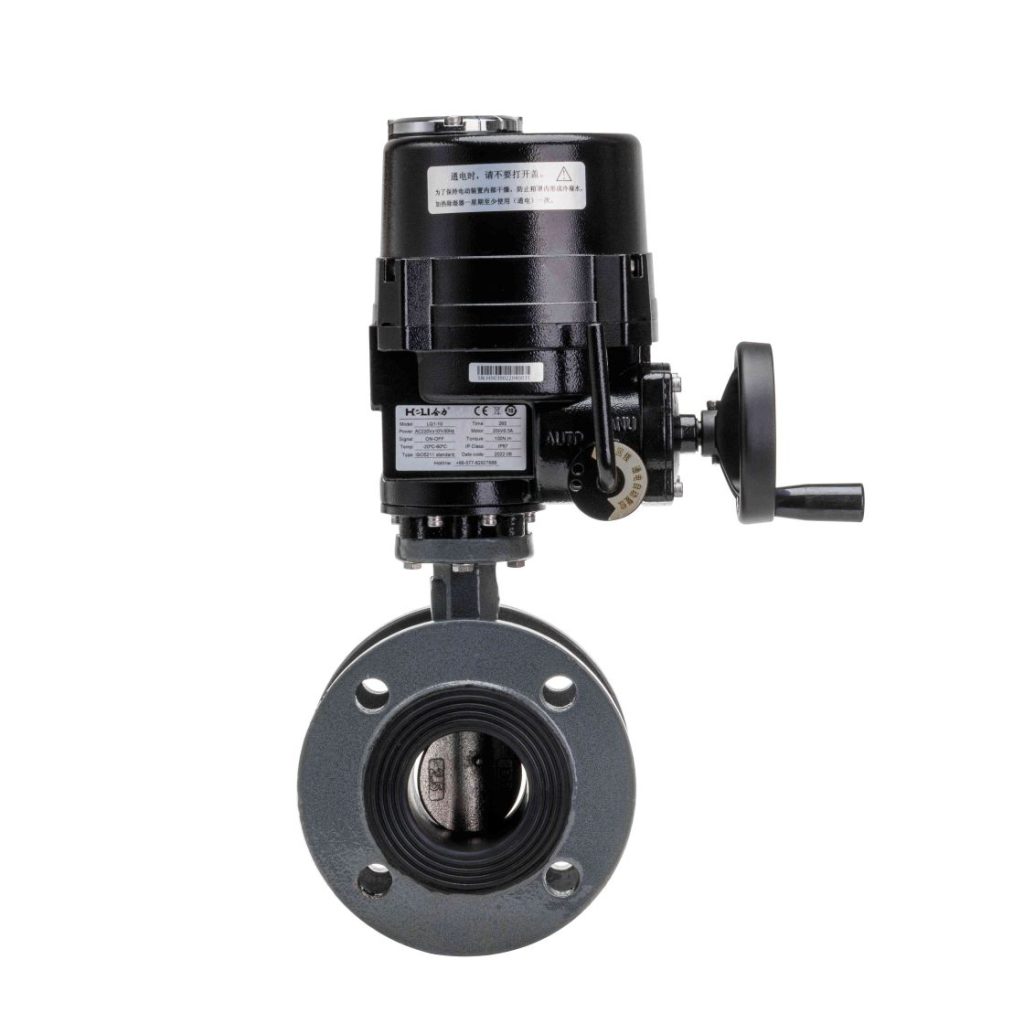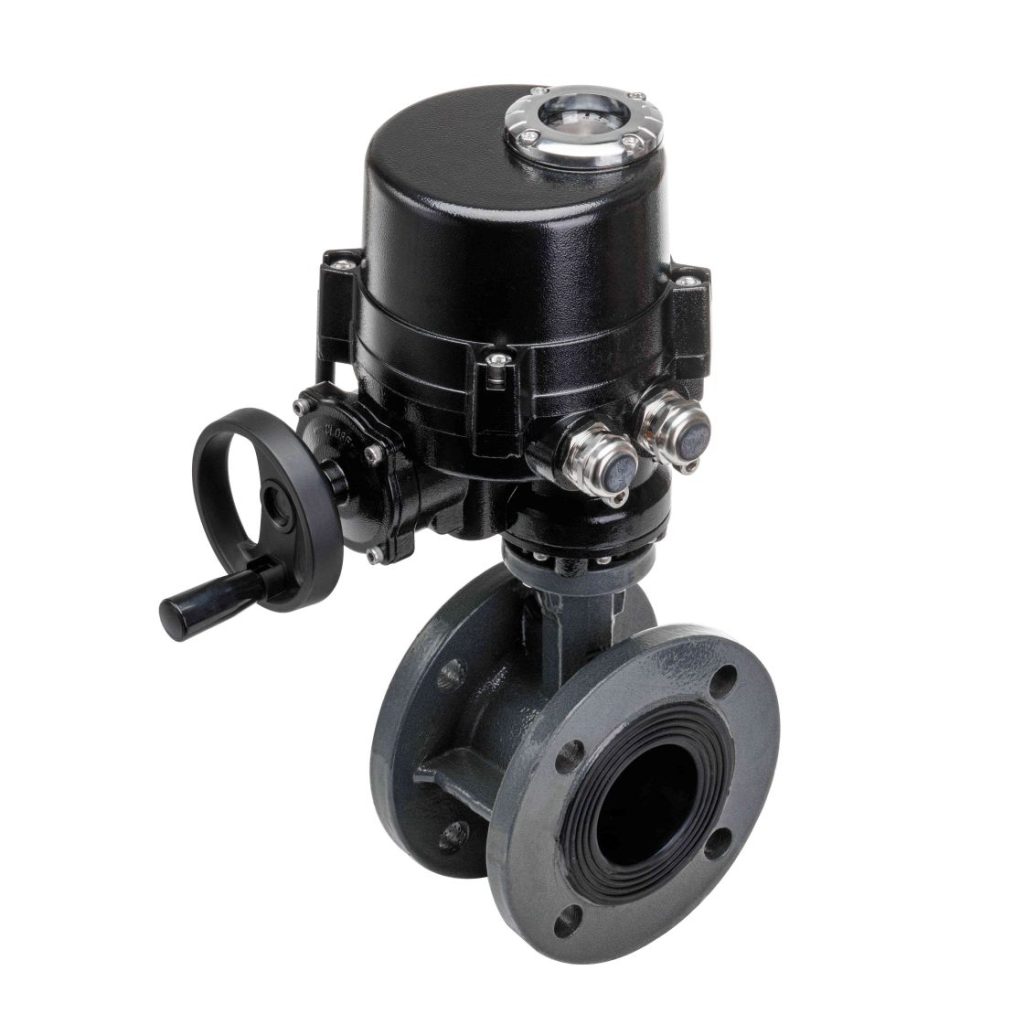The marine industry, known for its complex and demanding requirements, has seen a variety of technological advancements over the years to enhance efficiency, safety, and performance. One such advancement is the introduction of the Marine Electric Ball Valve, an innovative solution designed to offer precision and ease of control in marine systems. These valves have gained immense popularity in the field, particularly in applications where fluid or gas flow control is crucial. This article explores the benefits, working principles, and applications of Marine Electric Ball Valves, shedding light on how they contribute to the efficiency and safety of marine vessels.

What is a Marine Electric Ball Valve?

A Marine Electric Ball Valve is a type of valve that uses an electric actuator to control the opening and closing of a ball within the valve body. The ball has a hole or port through its center, and when it is rotated, the hole aligns with the pipeline to allow the passage of fluids or gases. By turning the valve electrically, the flow can be precisely regulated. The key component that distinguishes a Marine Electric Ball Valve from other types of valves is the electric actuator, which eliminates the need for manual intervention or pneumatic power. This electronic control mechanism allows for more consistent operation and integration with automation systems commonly found in modern marine vessels.
